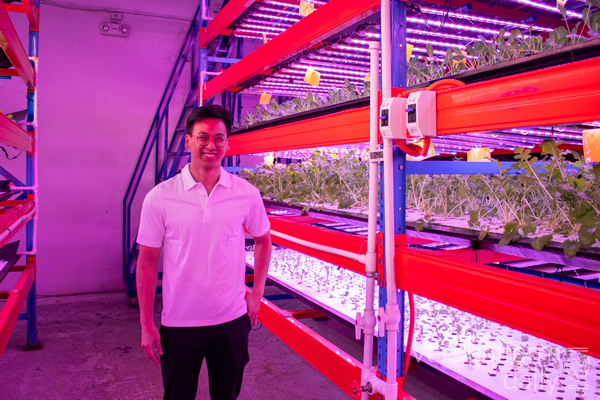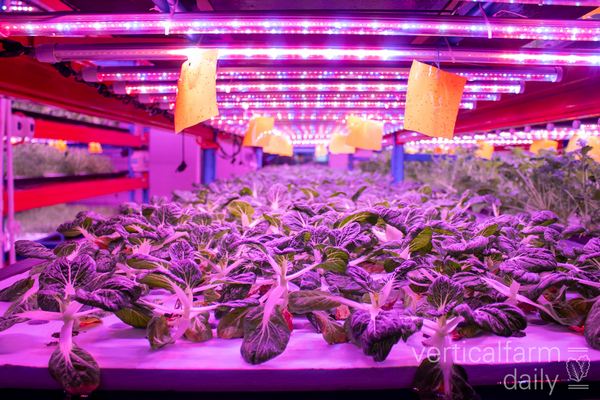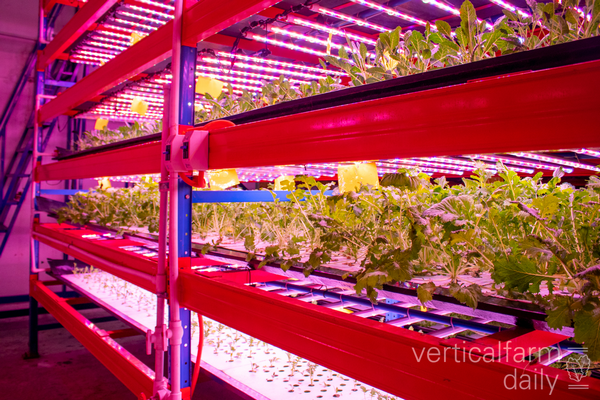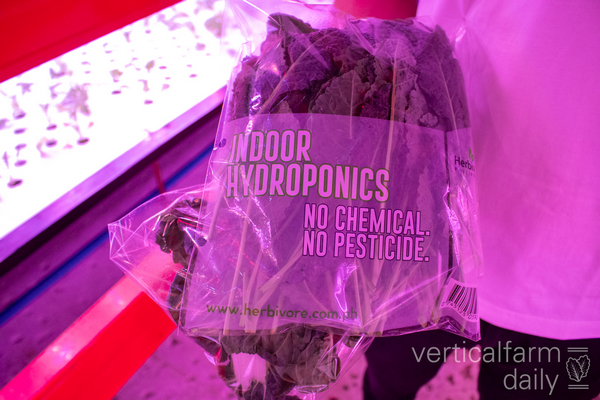“We started this farm as proper, quality products were missing here. Most products available are full of pesticides, and all are imported from nearby countries. A vertical farm was the best option, as it’s one of the most robust ways to farm given the external challenges we battle here,” says Robin Kwee, partner and farm operator at Herbivore Farms.

Robin Kwee
Starting with Chinese leafy greens in a 280m2 and 8-layered farm, Herbivore Farm was set to at least solve a percentage of that. Today, the farm counts a total of 560m2 and supplies about 15 products to various off-takers: Large retailers (SNR, Robinsons, and SM), restaurants, and Direct 2 Customers (D2C). Mostly, the higher end of society is looking for these high-quality products, as they are one of the few sectors that can afford them.

Working closely with the customers and mainly chefs, Herbivore is always aiming to improve its products, even on the quality side of things. “Working with chefs, we can really specifically fulfill their special requests and product features. For instance, if they’d like to try a new variety, we’ll work on that together with the client. Besides that, they also like to be surprised, so at times, new varieties are introduced to keep them satisfied.

The packing area
Europe isn’t the only region struggling with electricity
The biggest top of mind goal for the company at this moment is to expand as efficiently as possible. Efficiency can be incorporated into multiple things, production, processing, and energy use.
That last bit has been resolved in large part, as Herbivore has installed a dozen solar panels on the roof recently. Meaning that the farm isn’t tied to specific times to turn on their lights or not. Besides that, all lighting costs are now covered by solar energy, which helps them save big time.

The farm has eight layers
Great access to distribution networks
“Of course, we’re looking to expand our farm. However, that might not be vertical. Logistically, Manilla is the right location for Herbivore given the various distribution networks available in the city. It wouldn’t make sense for us to expand to other provinces as it would only increase our costs, moving everything up there. Besides that, we can make use of great services such as Pickaroo, Grab, and our own service, which is super close to the customer,” Robin affirms.

Some of the packed produce
On the contrary, Herbivore is looking to add a greenhouse to their production, as they find these more suitable to introduce new products such as mushrooms, tomatoes, peppers, and melons. Their R&D efforts have thus far shown that it’s more viable to grow them inside a greenhouse rather than inside a vertical farm as it’s not efficient enough per m2.
Robin confirms that there are enough resources available to make that happen. However, before that next step is taken, Herbivore wants to become more self-sustaining first with this farm. In this way, they can avoid external investments and build a new farm with their own funds.
 For more information:
For more information:
Robin Kwee, Partner and farm operator
herbivoreph@gmail.com
Herbivore Farms
https://herbivore.com.ph
